UC Santa Cruz cancer researchers
Cancer research at UC Santa Cruz includes faculty in a wide range of departments, including Applied Math and Statistics, Biomolecular Engineering, Chemistry and Biochemistry, Electrical Engineering, Microbiology and Environmental Toxicology, and Molecular, Cell, and Developmental Biology.
Angela Brooks, Biomolecular Engineering
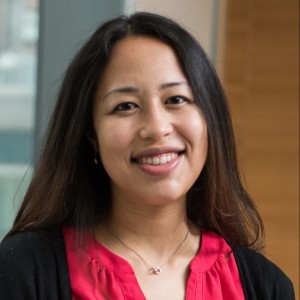
Cancer genomics and alternative splicing of RNA
Angela Brooks is developing computational and experimental approaches to determine which mutations in cancer cells are functionally important. Her lab focuses on mutations that cause changes in gene expression by affecting a process called alternative splicing of RNA. Much of her work is in collaboration with large national and international consortia, such as the Cancer Genome Atlas and the International Cancer Genome Consortium.
Manel Camps, Microbiology and Environmental Toxicology
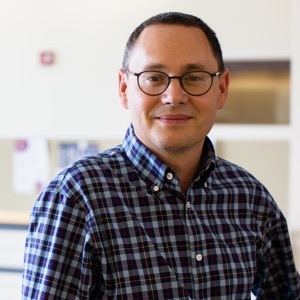
Mutations and DNA repair in cancer
Manel Camps studies the biological consequences of random changes in genetic information (mutations) that occur spontaneously or as a result of environmental insults. One focus of this research is on cancer genomes, with the goal of understanding the sources of genetic instability. He also studies the contribution of mutations to resistance to chemotherapy.
Phil Crews, Chemistry and Biochemistry
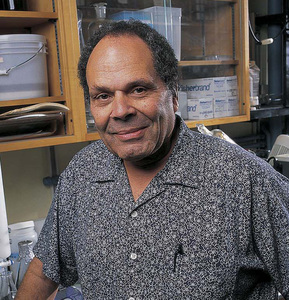
Marine natural products as potent agents against human disease
The Crews lab isolates and characterizes unique chemicals from marine sponges and microorganisms, searching for compounds with potential therapeutic value in treating human diseases, including cancer. Crews and his collaborators have identified several compounds that show promise for the development of drugs to fight cancer and other diseases.
Camilla Forsberg, Biomolecular Engineering
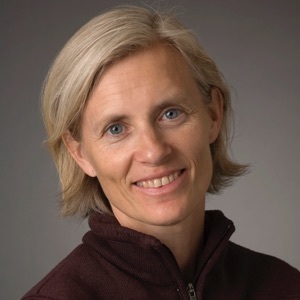
Stem cells and blood cancers
Camilla Forsberg studies how the different types of blood cells develop from hematopoietic stem cells in the bone marrow. Her lab is working to understand how this process is regulated in order to prevent and treat blood disorders, including blood cancers (leukemias and lymphomas).
David Haussler, Biomolecular Engineering
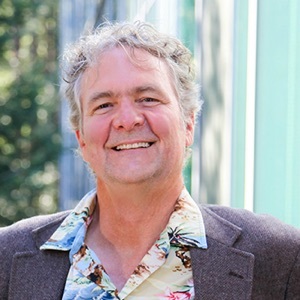
Cancer genomics
The Haussler lab’s cancer genomics program provides a complete pipeline for analysis of DNA and RNA sequences from tumor samples. Haussler’s group collaborates with cancer researchers at medical centers around the world. Projects include the Treehouse Childhood Cancer Initiative, working to find treatments for children with cancer; the Xena Cancer Browser; the BRCA Exchange, a global source of information on genetic variants in breast cancer; and the Global Alliance for Genomics and Health, a coalition working to standardize and enable secure sharing of genomic and clinical data.
Lindsay Hinck, Molecular, Cell, and Developmental Biology
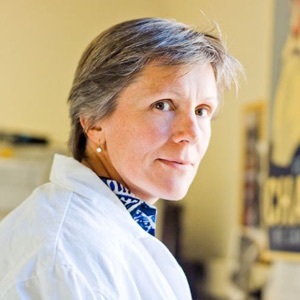
Loss of growth control and cancer
One in eight women in the United States will develop breast cancer in her lifetime, yet only about 15 percent of these cancers have been linked to inherited gene mutations. A major challenge in breast cancer research is to identify the causes of the disease. Hinck’s lab has identified a family of cellular proteins that help regulate cell proliferation and migration and act as breast tumor suppressors. Recent work has shown that these proteins are also involved in hormonal regulation of breast cancer cells.
Doug Kellogg, Molecular, Cell, and Developmental Biology
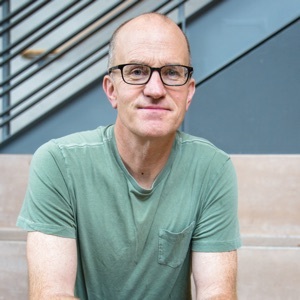
Control of cell growth and size
Cells show extraordinary diversity in size and shape, and cancer cells often have abnormal sizes and shapes. The mechanisms by which cells control their growth and size are poorly understood and represent a fundamental unsolved problem in cell biology. Doug Kellogg’s lab is working to elucidate these mechanisms, using biochemistry, genetics, and mathematical modeling to understand signaling networks that are required for control of cell size and cell growth.
Daniel Kim, Biomolecular Engineering
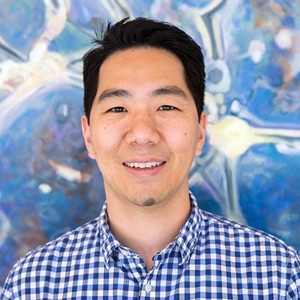
Epigenomic reprogramming in stem cells and cancer
Daniel Kim’s lab studies the role of long noncoding RNA molecules (lncRNAs) in gene expression and cancer. There are tens of thousands of uncharacterized lncRNAs in our genome, many of which are misregulated in cancer. Kim uses stem cells and mouse models of cancer to examine how lncRNAs are involved in epigenetic reprogramming. His goal is to develop precision medicine approaches to better diagnose and treat aggressive, poorly differentiated cancers.
Juhee Lee, Applied Math and Statistics
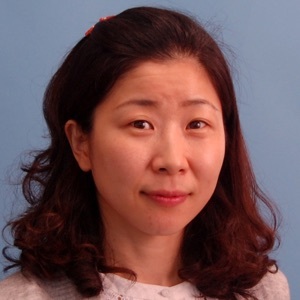
Applications of Bayesian models to bioinformatics data
Juhee Lee’s research includes the development of Bayesian statistical models with applications to biology, medicine, and ecology. Her recent work has applications to cancer genomics and clinical trial designs for personalized medicine. The Bayesian models incorporate information from multiple sources, provide enhanced inference for the underlying process of interest, and quantify uncertainties for all unknown quantities.
Scott Lokey, Chemistry and Biochemistry
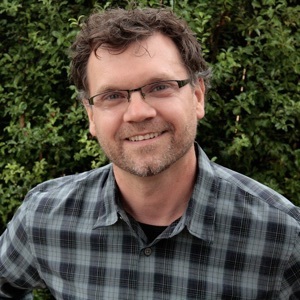
Drug design and discovery
Scott Lokey’s laboratory studies the mechanisms by which large molecules cross cell membranes. He is applying insights gained from studying natural products to design synthetic “libraries” of compounds as potential drugs against cancer and infectious diseases. Lokey also directs the UCSC Chemical Screening Center, a shared biomedical facility that enables researchers across the university to screen for drug leads against a variety of disease targets.
Pradip Mascharak, Chemistry and Biochemistry

Delivery of small messenger molecules to biological targets
Pradip Mascharak’s laboratory is studying compounds that release nitric oxide (NO) or carbon monoxide (CO) when activated by light. In cancer cells, NO induces programmed cell death (apoptosis), and CO can sensitize cancer cells to chemotherapy. Unlike conventional chemotherapy, Mascharak’s photodynamic approach allows unique control over where, when, and how much NO or CO is released. This novel approach has implications for the development of drugs in treating skin, colon, prostate, and other cancers.
Karen Ottemann, Microbiology and Environmental Toxicology
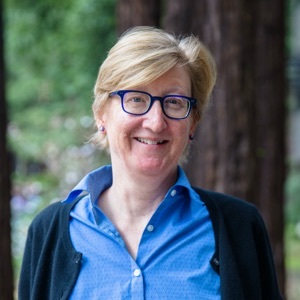
How bacterial pathogens sense and respond to host environments
Karen Ottemann’s laboratory investigates how bacteria translate chemical and physical cues in their host environment into pathogenic outcomes. Ottemann is particularly interested in the pathogenic bacterium Helicobacter pylori, which infects some 3 billion humans and can lead to serious disease, including ulcers and cancer. Her research could lead to the identification of anti-bacterial drug targets.
Carrie Partch, Chemistry and Biochemistry
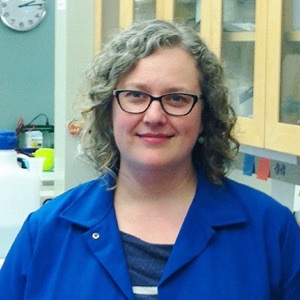
Exploring the molecular basis for circadian timekeeping in mammals
Carrie Partch studies the biological clock that drives the daily (“circadian”) rhythms of cells throughout the body. Disruption of this clock has been associated with a variety of health problems, including diabetes, heart disease, and cancer. The Partch lab studies how the 24-hour periodicity of this molecular clock is generated and how it integrates with the cell cycle to limit proliferation.
Jevgenij Raskatov, Chemistry and Biochemistry
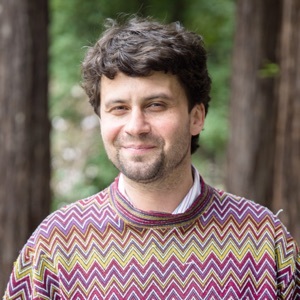
Disease-oriented chemical biology
Jevgenij Raskatov’s lab studies the molecular mechanisms of conditions associated with aging. The relationship between inflammation and cancer is an area of particular interest.
Seth Rubin, Chemistry and Biochemistry
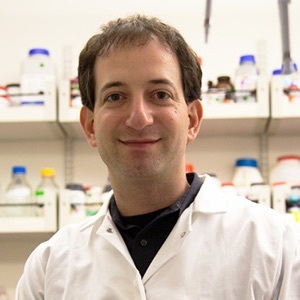
Molecular mechanisms of cell cycle regulation and cancer
Seth Rubin’s laboratory investigates the molecular mechanisms that control the cell cycle. Improper regulation of these molecular interactions is commonly associated with aberrant cell proliferation and cancer. Much of his work focuses on the retinoblastoma tumor suppressor protein, which is disrupted in most human cancers.
Jeremy Sanford, Molecular, Cell, and Developmental Biology

Post-transcriptional control of gene expression
Jeremy Sanford investigates the role of RNA in gene regulatory networks and cancer, focusing on the proteins that bind to RNA molecules. RNA binding proteins are critical regulators of gene expression, and Sanford’s research has revealed important regulatory networks involved in the proliferation and metastasis of cancer cells.
Holger Schmidt, Electrical Engineering
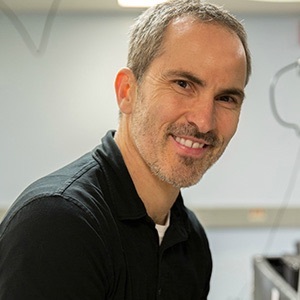
Detecting and analyzing single molecules on a chip
Holger Schmidt’s lab has developed technologies for optical and electrical analysis of biological samples on integrated chip-based platforms. Diagnostic instruments based on these “optofluidic chips” provide a rapid, low-cost, and portable option for identifying specific disease-related molecules. His lab is developing optofluidic approaches for the detection of cancer biomarkers and infectious diseases.
Michael Stone, Chemistry and Biochemistry
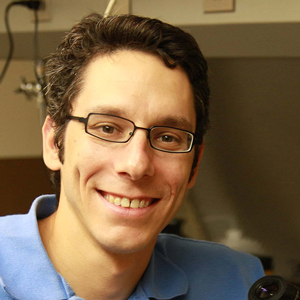
Assembly, structure, and regulation of telomerase
Michael Stone’s research focuses on the enzyme telomerase, which is active in most cancers and enables cancer cells to proliferate indefinitely. Telomerase maintains genomic stability by synthesizing the protective “caps” on the ends of chromosomes. His lab is working to understand how telomerase activity is regulated and to establish a framework for developing novel diagnostic and therapeutic strategies for human disease.
Josh Stuart, Biomolecular Engineering

Functional genomics and integrative analysis of cancer
Josh Stuart develops computational models to integrate multiple sources of molecular biology information. His research in cancer genomics focuses on methods to identify abnormal signaling pathways in cancer cells and predict clinical outcomes. Stuart is involved in several large collaborative efforts, including the International Cancer Genome Consortium and a Stand Up To Cancer Dream Team for prostate cancer.
Bill Sullivan, Molecular, Cell, and Developmental Biology
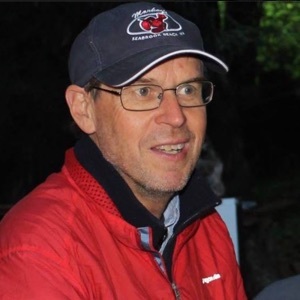
DNA repair mechanisms
Irradiation, carcinogens, and other environment insults break chromosomes, and cells dividing with broken chromosomes produce additional chromosome abnormalities, ultimately resulting in a tumor. The Sullivan lab has discovered a novel mechanism in healthy cells in which a rescuing DNA tether (much like a lifeline) pulls the broken fragments together to restore chromosome integrity. The genes responsible for generating the DNA tether are promising novel targets for the next generation of cancer therapies.
John Tamkun, Molecular, Cell, and Developmental Biology

Regulation of chromatin structure and gene expression
John Tamkun’s lab studies the packaging of DNA in chromosomes. The complex structure of chromatin, composed of DNA and proteins, enables the entire human genome to be packed into an extremely small space inside the nucleus of every cell. This structure also plays an important role in the regulation of gene expression, and defects in these processes are involved in cancer and other diseases.
Zhu Wang, Molecular, Cell, and Developmental Biology
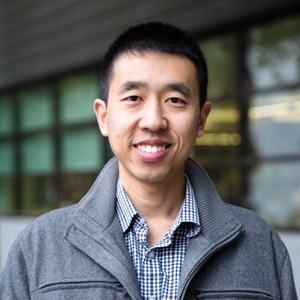
Cellular behaviors in prostate cancer initiation
Prostate cancer is the second leading cause of cancer death in men in the United States. Zhu Wang’s lab is studying what makes some prostate cancers highly aggressive. Evidence suggests tumors originating from different cell types could have distinct pathology and disease outcomes, and Wang is working to identify the cell of origin for prostate cancer, with the goal of translating the findings to better therapeutics.
Ali Yanik, Electrical Engineering
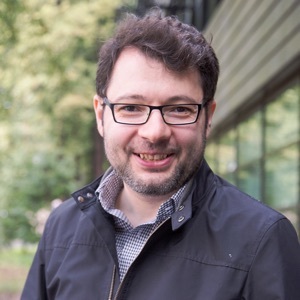
Nanophotonics and Microfluidic platforms for cancer diagnostics
Ali Yanik’s current research focuses on development of ultrasensitive biosensors for early detection of cancer and isolation of rare circulating tumor cells (CTCs). Nanophotonic biosensors allow real-time detection of low-abundance cancer biomarkers from human blood during the early stages of tumor formation. CTCs appear in the blood of cancer patients at later stages and can spread cancer to other parts of the body, so detecting them in blood samples can have important prognostic and therapeutic implications.
Jin Zhang, Chemistry and Biochemistry
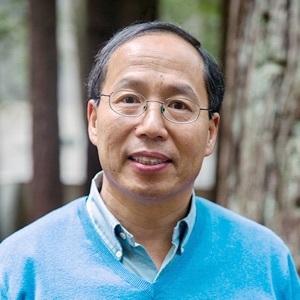
Applying nanotechnology to the detection and treatment of cancer
Jin Zhang’s research group is interested in biomedical applications of molecular and nanomaterial systems in conjunction with optical spectroscopy and related techniques, with an emphasis on cancer therapies and diagnostics. Projects include photothermal imaging and therapy of cancer using unique metal nanostructures, photodynamic therapy, and detection of cancer biomarkers.
Martha Zuñiga, Molecular, Cell, and Developmental Biology
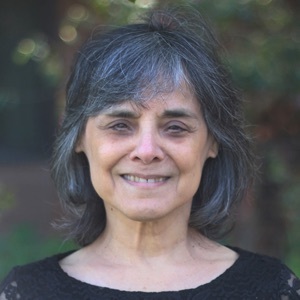
Regulation of immune responses in health and disease
Martha Zúñiga’s lab is interested in the regulation of immune responses in health and disease. The hormone prolactin, which stimulates milk production, also affects immune system functions in healthy and tumorous mammary tissue. Zúñiga is working to identify cellular mechanisms by which immune system cells are activated and recruited to mammary tissue in the presence and absence of prolactin.
